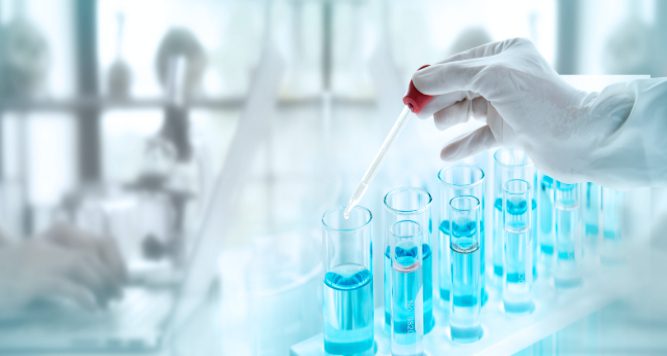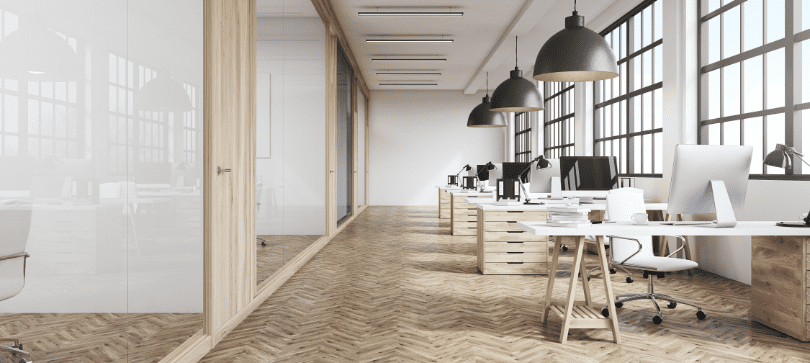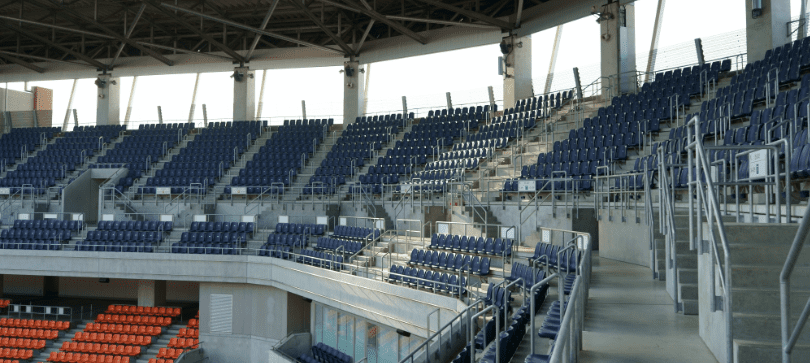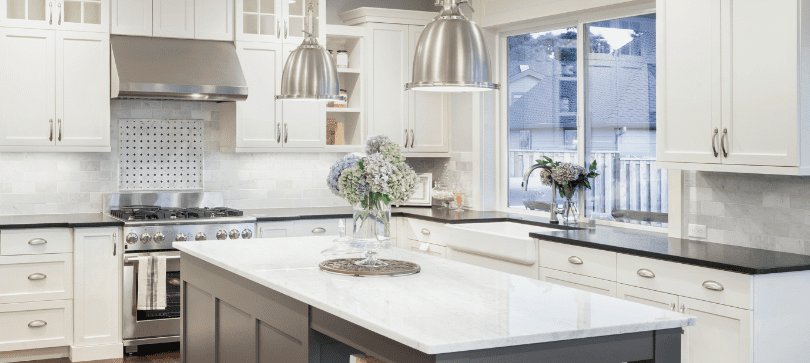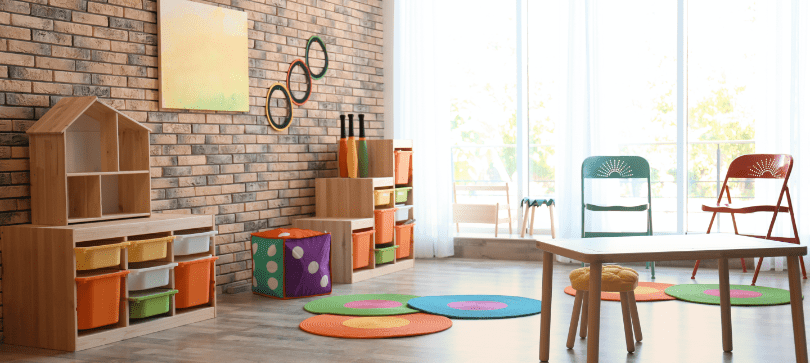Bio-Safe Engineered Water_____
(AQUEOUS)
Bio-Safe’s compact (1 sq ft) unit pulls oxygen molecules (O2) from the air and splits them into single atoms of oxygen (O1). These single atoms bond weakly with O2 molecules to form O3 (ozone) molecules that are injected into tap water. The weakly bonded oxygen atoms in the Bio-Safe disinfecting solution attach to pathogens and literally destroy them by bursting the cell walls.
The disinfecting solution created by Bio-Safe’s patented technology kills 99.999% of all pathogens on contact, including salmonella, e-coli, mold, pesticides, bacteria, and viruses such as influenza and COVID-19. After destroying pathogens, the O3 molecules convert back into O2. The only byproducts of Bio-Safe disinfection are oxygen and water.

Advantages of Engineered Water_____
The Bio-Safe Cleaning Solution is more effective than all traditional chemical alternatives and is environmentally and employee friendly. Bio-Safe can eliminate the health and safety issues associated with harsh chemicals as the solution does not require employee protection necessary with traditional cleaning processes.
Simple, effective and cost effective, Bio-Safe is produced on demand and on site without chemicals. Bio-safe is produced using cold water and when applied at low pressure will clean better than chemicals on a variety of hard surfaces including floors, drains, and all other areas.
Bio-Safe Cleaning Solution is recognized by the FDA, USDA, and EPA for direct food application and can help create a new cleaning strategy.
The New Standard of Clean
-
Kills 99.999% of all pathogens on contact, including salmonella, e-coli, mold, pesticides, bacteria, and viruses.
-
Meets and exceeds the World Health Organization’s (WHO) standard for oxidation reduction potential (ORP) of 650mv. No pathogens can survive.
-
Produces 100% chemical-free aqueous ozone – completely safe on contact and washes down the drain.
-
Breaks down stubborn biofilms by destroying the protein bonds that protect layers of microorganisms and residue from chemical cleaners.
-
Eliminates the need for costly and dangerous chemicals, creating measurable savings in overhead and increased safety for employees.
-
Produces aqueous ozone sanitizing solution on site and on demand. That means it doesn’t run out.
-
No inventory to maintain. Faster & more efficient.
-
Installs in minutes under the sink and will replace an entire shelf or closet of chemical cleaners.
-
Costs pennies a day to operate, using a standard 110v outlet, equivalent of 35W light bulb.
-
Constructed from highest-quality UL listed parts and assembled in the U.S.
-
Aqueous ozone is recognized by the FDA as a food additive, so it can be used to clean and wash fresh produce, meat, and other foods.
-
Sets new standards in organizations’ HACCP and SSOP protocols.
-
Eliminates costly disposal expenses by rendering biohazardous healthcare waste “safe to handle”.
-
Patented technology developed by one of the world’s foremost experts in pathogenic control.
Use Applications_____
Commercial Office Buildings
Go beyond inadequate standard health quality practices and take your company to the next level.
Large Venues
Locker rooms, showers, equipment areas, turf, food concessions, public washrooms, etc.
Residential Homes
Poor indoor air quality causes respiratory distress and leads to chronic illness such as asthma, allergy and chronic obstructive pulmonary disease (COPD). Destroys bacteria, viruses, mold/allergens, odors from pets and smoke.
Restaurants
Great way to provide deep cleaning without the labor cost and efficiency issues.
Childcare Facilities
Keeping the child care environment clean is one of the best ways to help ensure that children stay healthy. Dirty toys, bedding, linens, eating utensils, and surfaces can carry and spread germs. Regular disinfecting should be a part of the routine in a child care setting.

